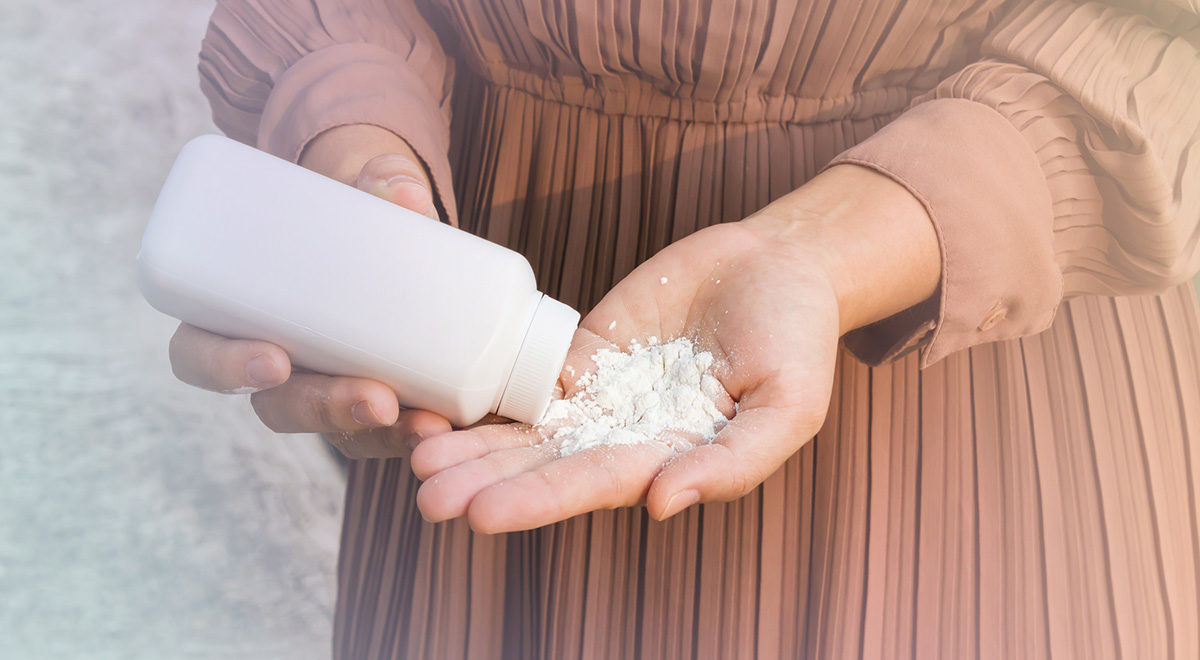The recent string of verdicts against Johnson & Johnson in ongoing talcum powder litigation has raised awareness of the potential dangers of talc and its links to ovarian cancer. Plaintiffs allege that daily use of the company’s Baby Powder and Shower to Shower caused them to develop the illness, while the defendant continues to claim that there is no proof of causation, and plans to file appeals in all cases.
Regardless of whether talc itself is carcinogenic or if asbestos contained in the substance was a contributing factor (talc has only been “asbestos free” since the 1970s, whereas Baby Powder has been on the market for well over a century), the issue has women understandably worried about the safety of talc and other products containing the ingredient.
It should be pointed out that asbestos-related cancer can take several decades before it presents symptoms, by which time the patient is usually in the later stages of the disease. This means that someone might have used talc back during the 1950s and 60s, when asbestos fibers could be found mixed in with the product, and have developed cancer many years later.
It is also true that evidence related to talc and carcinogenicity is mixed; some studies indicate a link between the peritoneal use of talc and ovarian cancer while others do not. The same is true about studies on talc exposure and respiratory disease. It is not always clear if the cause was talc or some other factor, such as radon or asbestos. In general, however, medical experts advise against long-term genital exposure to talc.
Does this mean you should avoid all sources of talc? This is an excellent question since talc is found in a number of products, including cosmetics, deodorants and even many processed foods. It bears mentioning that talc was added to rice in Japan for many years in order to “improve” the texture – but the practice was discontinued after a study revealed a link to stomach cancer.
Dr. Joellen Schildkraut PhD., a professor of Public Health at the University of Virginia’s School of Medicine, points out that “there are multiple exposures and factors that contribute to ovarian cancer.” She acknowledges that the studies are “suggestive…they support the idea,” but do not constitute “proof positive.” Schildkraut’s own research did indicate a stronger link between talc use and ovarian cancer in African-American women than those of European ancestry, but she still considers her findings inconclusive.
On the other hand, Dr. Daniel Cramer, an obstetrician and gynecologist at Brigham and Women’s Hospital in Boston, asserts that “the use of talc…can increase the risk of ovarian cancer by about 30 percent.” He adds that after 20 years, that risk can go as high as 100 percent. Dr. Cramer was one of the first to conduct serious research on the link between talc and cancer, publishing his first study on the subject in 1982.
Schildkraut says, “If you’re worried, you can choose not to use it.” Cramer, on the other hand, says he would definitely advise his patients to avoid talc, stating unequivocally, “I would tell [my patients] not to use it.”

